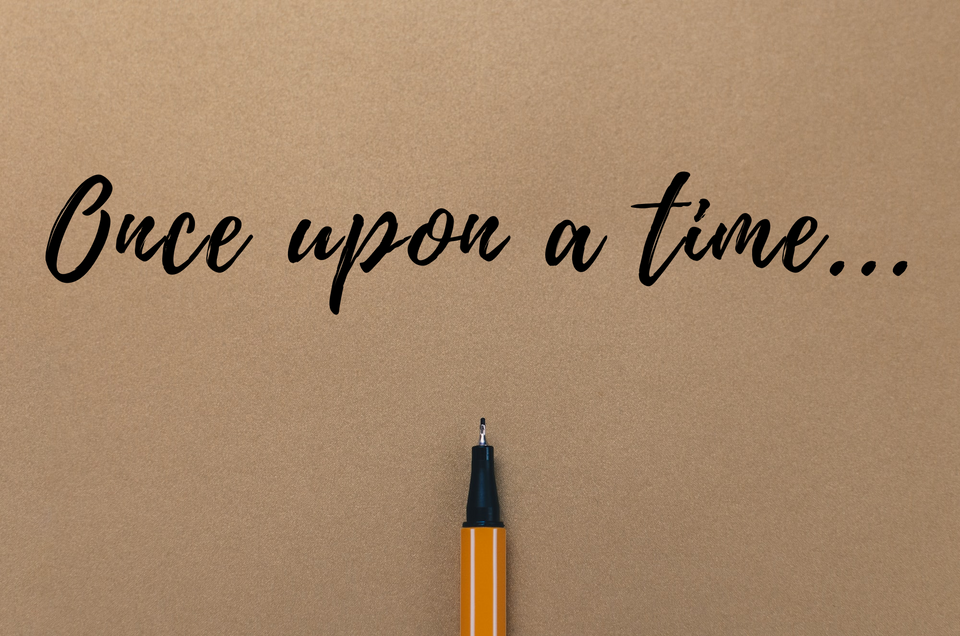How To Become a Fantasy Writer: First Chapter

I got a spell to the mouth because my sister decided to tell mom that she had a boyfriend. I said no. Mom would not understand...
Hooked?
Good! That was my intention...
The First Chapter, perhaps the most important of all the chapters, is a pivotal point in your story. It is with this chapter that, using different techniques, you will capture the attention of your readers.
Here the "Firsts" are essential. The First Sentence, the First Paragraph and the First Chapter have to be structured in a way that makes the organic introduction of the plot and your world.
#readingcommunity #WritingCommunity #readersoftwitter#AuthorsOfTwitter #amreading #amwriting
— JPS Marinho (@JPMarinhOficial) November 14, 2022
On the first chapter of a #book, which one do you consider more #important? Why?
According to the poll I created on Twitter, both Hook and Foreshadowing are at the top of priorities at this point in our narrative. Only 1 in 10 people consider the Exposition vital to the introductory moments of the text.
First Sentence (or Hook)
The first line of your books will be a point of doubt, existential and professional, where a lot of people will question their writing skills. This is where your writer's vein and muse-worth inspiration come into play.
To avoid some (a lot!) frustration, I leave some advice and questions to ask your narrative and your First Sentence, in order to hook your readers.
Let's start by analyzing some famous First Lines.
I understand that you feel the urge to start all stories with "Once upon a time..." but you must resist it because this beginning is the most used and most cliché ever. Unless you have a very original twist to it, avoid this phrase.
(Yeah, yeah, I know it's in the title picture)
Call me Ishmael. - Moby Dick by Herman Melville
If you don't have anything very detailed to say use the simple form of Moby Dick. By leaving just the character's name (and what appears to be the narrator) up in the air, it immediately raises the questions "Who is this Ishmael?" and "Why should I care?". It creates interest and mystery leading to the ensuing question "Why did the author decide to tell the story of this particular character?"
In a hole in the ground there lived a hobbit. - The Hobbit by JRR Tolkien
This is a fantasy classic. Although, by today's standards, Tolkien is not the best of examples in certain ways, this first line of his first book has stood the test of time. It is simple but at the same time complex.
When we read it, the first question we ask is "What is a Hobbit and why does it live in a hole in the ground?". With the name Hobbit, Tolkien arouses our curiosity and at the same time begins his Worldbuilding.
The Man in Black fled across the desert and the Gunsliger followed. - Gunslinger by Stephen King
The great mind of Horror, chose to present us the Antagonist and the Protagonist, in the middle of a fundamental action for the narrative. With this introduction, the author lets us think "Who are these characters?", "How are they related?" and "What did the Man in Black do to the Gunslinger, to be running away from him?".
The goal here is to immediately pull your reader into the text. Focus on just one thing, like the theme, the setting, the relationship between characters, but don't digress.

First Paragraph
The First Paragraph can also be part of the Hook as we can see in The Great Gatsby (F. Scott Fitzgerald) or A Tale of Two Cities (Charles Dickens).
Personally, I prefer a sentence, even a long one, to an entire paragraph, however, some of the most iconic beginnings are phrased this way.
Here we have a larger piece of text to work with, where we can answer some (not all!) questions that the first sentence raises.
Tolkien, after the iconic first sentence, enlightens the reader about the setting:
In a hole in the ground there lived a hobbit. Not a nasty, dirty, wet hole, filled with the ends of worms and an oozy smell, nor yet a dry, bare, sandy hole with nothing in it to sit down on or to eat: it was a hobbit-hole, and that means comfort.
And Herman Melville, or rather, Ishmael introduces his character to the reader and talks about things that appeal to all human beings, mainly, the desire to go to sea to escape the life they lead on land, for one reason or the other.
Call me Ishmael. Some years ago--never mind how long precisely--having little or no money in my purse, and nothing particular to interest me on shore, I thought I would sail about a little and see the watery part of the world. It is a way I have of driving off the spleen and regulating the circulation. Whenever I find myself growing grim about the mouth; whenever it is a damp, drizzly November in my soul; whenever I find myself involuntarily pausing before coffin warehouses, and bringing up the rear of every funeral I meet; and especially whenever my hypos get such an upper hand of me, that it requires a strong moral principle to prevent me from deliberately stepping into the street, and methodically knocking people's hats off--then, I account it high time to get to sea as soon as I can. This is my substitute for pistol and ball. With a philosophical flourish Cato throws himself upon his sword; I quietly take to the ship. There is nothing surprising in this. If they but knew it, almost all men in their degree, some time or other, cherish very nearly the same feelings towards the ocean with me.

First Chapter
So we come to what matters and what gives the name to today's article.
The First Chapter, much like the First Line and the First Paragraph, carries an enormous responsibility: to show the full potential of your book.
It is there that you will show the Status Quo, the Setting, some Worldbuilding, the Characters, the Theme, etc, etc...
There's a lot to think about when writing the first chapter, so I'll give you a quick tip on how to organize these components, given that, by themselves, they have posts dedicated to them.
You should structure the First Chapter like this:
First Sentence or Line - where you insert the Hook, to pull the reader in
First Paragraph - Hook Support and First Exposition.
Status Quo - Show where the Protagonist is at the moment, whether physically, psychologically or socially. Here I use a method where I show the character in three different situations, Work, Home and Leisure. More about Plot Beats follow this link.
Theme - Somewhere around this time you should show your Theme and, if you can, the Tone.
Inciting Incident - As the end of the First Paragraph, I think this one will fit like a glove, as it brings with it a change in the Status Quo and catapults the Protagonist into the Plot.

Foreshadowing and Exposition
Somewhere along the way, I'll do a post about them, so I'll just leave a little note about their roles in The First Chapter.
Foreshadowing
Mechanisms that help the writer support any decision he/she will make later in the narrative. It could be describing an Object, with which the protagonist defeats the Antagonist (Chekov's Gun), an Action that leads to the discovery of the King's assassin, or even a Prophecy, which is self-explanatory.
Foreshadowing helps the author to give a Satisfying Reward to the reader, which is necessary to make unforeseen events credible.
Exposition
The Exposition, such a precious weapon for Worldbuilding, must be treated carefully. Too little, it may fail to give the text the juice of its pages, and not immerse the reader, after he is hooked by the Hook. Too much, and you will run the risk of making your book dense and full of descriptions, such as the 10 pages describing the palace of Os Maias by Eça de Queirós, also losing your reader's attention. This is called Exposition Dump.
My advice is to introduce it in small, chewable bits, interspersing it with the rest of the components that make up your narrative.

Pratical Example
At the beginning of this post, I put a First Sentence invented by me. So that you can understand the concepts that I spoke here, I will try to build a completely invented narrative.
I got a spell to the mouth because my sister decided to tell mom that she had a boyfriend. I said no. Mom would not understand.
Several questions arise when I analyze the first sentence:
- Who?
- Magic?
- Relationship with the sister?
- Why wouldn't the mother understand such a banal thing?
I got a spell to the mouth because my sister decided to tell mom that she had a boyfriend. I said no. Mom would not understand. Nor would the rest of society.
Plus, I didn't felt like going to the temple, parade through the center of our village, all dressed up, with the Druids drooling at my sight.
Those days were in the past, when I still hadn't left the School of Wizardry.
With this first paragraph, I managed to stretch the First Sentence, continuing to answer questions raised in it, and raising new questions.
- What society is this that doesn't understand a courtship between a man and a woman?
- Who are the Druids? And why would they drool over her? Is she good-looking?
- School of Witchcraft? Why did she leave it?
Put small snippets of Exposition, intertwined with the character's emotions, and you'll have something fluid and well-built.
From here I could continue, adopting the strategies listed above, and build a narrative.




